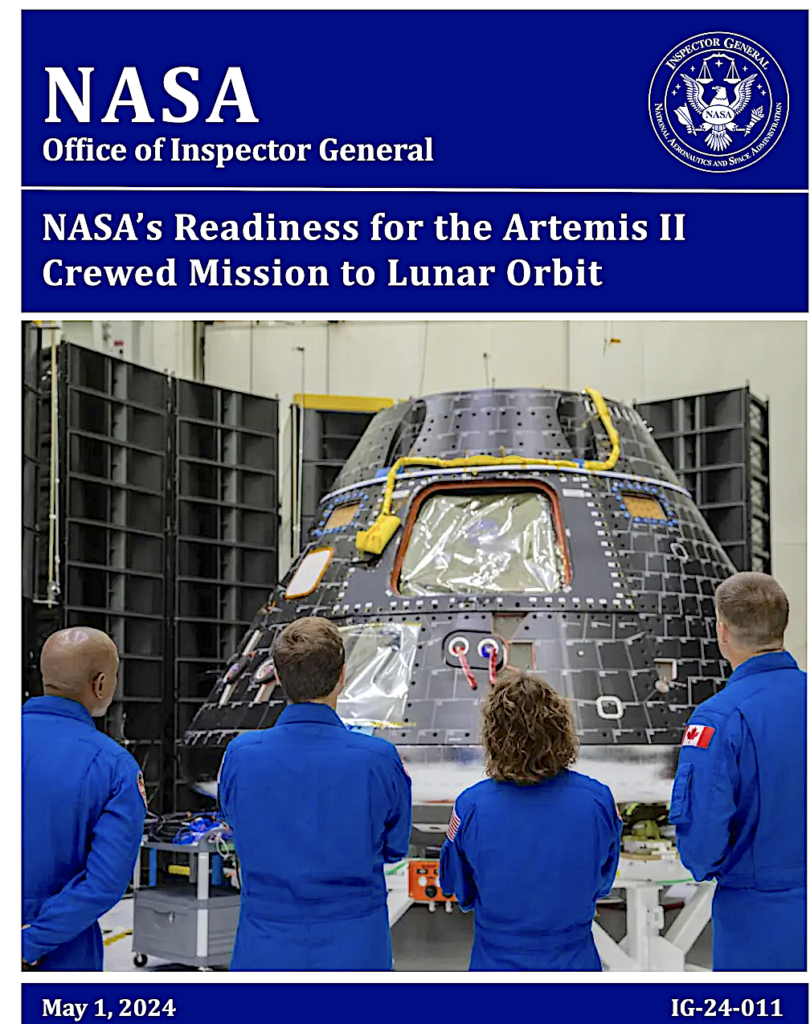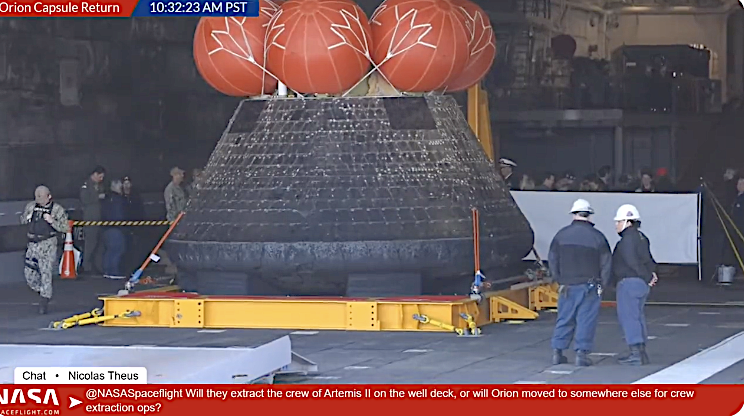
In November 2022, NASA launched its first uncrewed Moon-orbiting mission, Artemis I — kicking off the agency’s greater ambitions to return humans to the lunar surface.
The journey, which saw an Orion spacecraft launch atop the agency’s Space Launch System (SLS) rocket, largely went as planned, with the capsule orbiting around the Moon and making its return over the course of three weeks.
Unfortunately, the Orion capsule took a beating during the trip, according to a recent report by NASA’s Office of Inspector General watchdog, which could jeopardize the space agency’s upcoming crewed follow-up mission, dubbed Artemis II.
According to the report, engineers found extensive cracks in Orion’s heat shield across more than 100 locations. And that’s just one out of six issues outlined by the Inspector General, suggesting NASA has its work cut out before it can launch a crew of four to the Moon and back no earlier than September 2025.

“The Artemis I test flight revealed critical issues that need to be addressed before placing crew on the Artemis II mission,” the report reads.
Things could’ve gone much worse during Artemis I. Fragments breaking off of the heat shield, visible in camera footage recorded by the capsule, “created a trail of debris rather than melting away as designed.”
“While there was no evidence of impact with the crew module, the quantity and size of the debris could have caused enough structural damage to cause one of Orion’s parachutes to fail,” the watchdog added. “Should the same issue occur on future Artemis missions, it could lead to the loss of the vehicle or crew.”
“The team is currently synthesizing results from a variety of tests and analyses that inform the leading theory for what caused the issues,” NASA spokesperson Rachel Kraft told Ars Technica, adding that an independent team will evaluate the situation, a process that’s “scheduled to be complete this summer.”

Other than problems with the heatshield, engineers also discovered “anomalies” with the spacecraft’s separation bolts and power distribution.
Fortunately, NASA is “taking action to address these issues,” adding thermal protection to close any gaps caused by melting and eroding material and stop the bolts from heating up.
Engineers also reportedly addressed persistent “power distribution anomalies” likely caused by space radiation by “making software changes.”
Finally, the launch of the SLS rocket did a number on the launch platform, requiring upwards of $26 million in repairs, five times the original budget set aside for such a purpose.
In short, whether the mission will actually launch in the second half of next year remains to be seen. Making any significant changes to the heatshield — which is already installed on Orion — at this stage could delay the launch considerably.
NASA is also considering different reentry trajectories to minimize damage upon the crew’s eventual return, including spinning the vehicle or performing a “skip” maneuver on top of the Earth’s atmosphere.
Despite some considerable risks, NASA astronaut and Artemis II crew member Victor Glover is unperturbed.
“We’ve got a lot of folks involved that we trust,” Glover told Ars. “We’ve got the right people. If there is a solution, we’ll figure it out.”
From Futurism by Victor Tangermann
